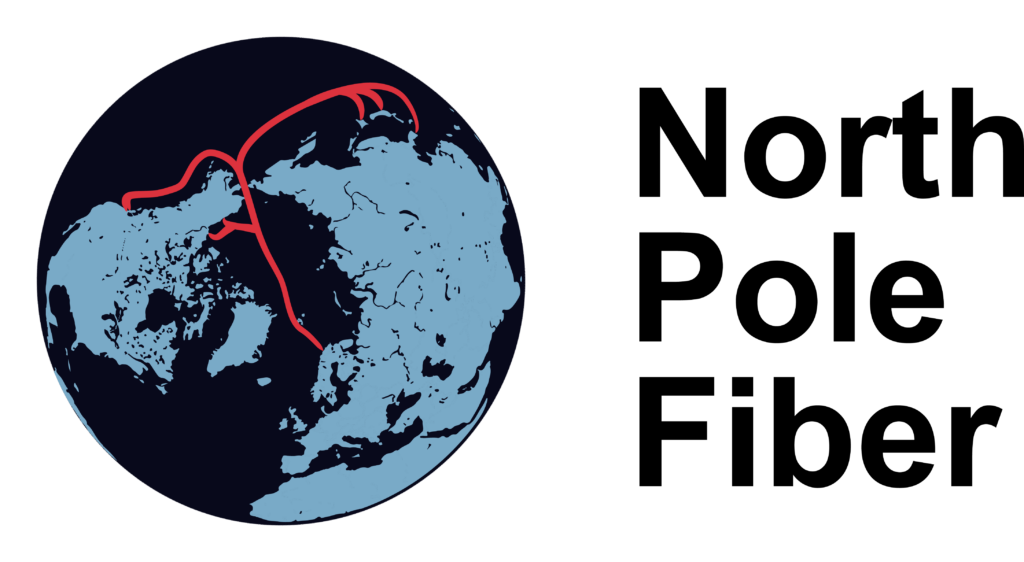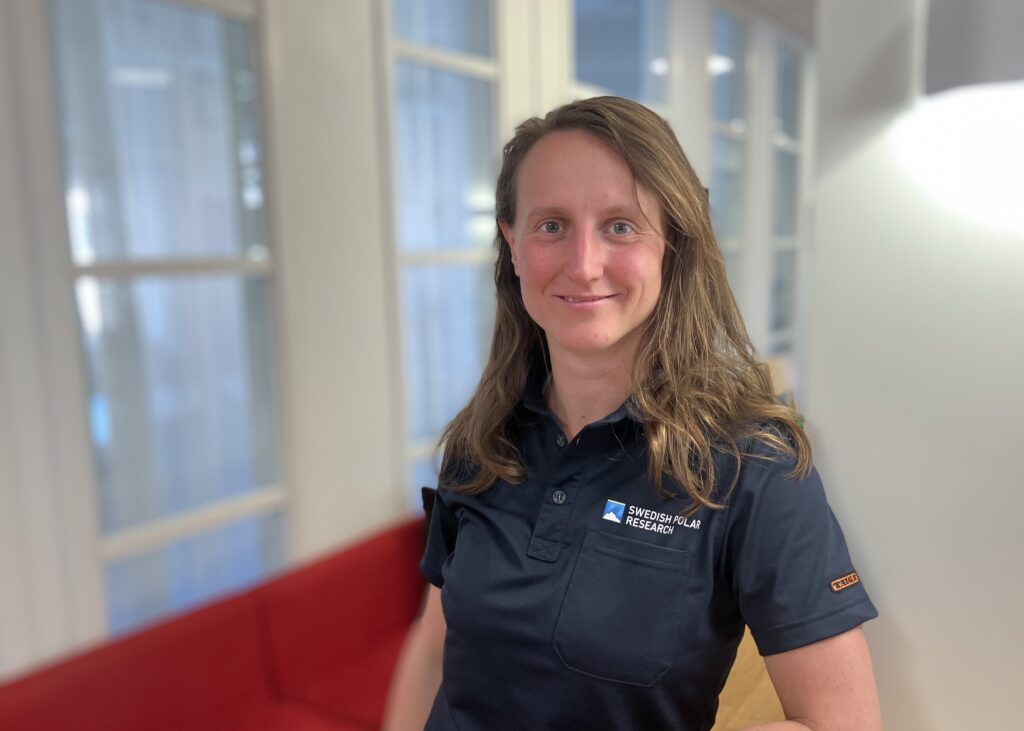The North Pole Fiber project, co-funded by the European Commission under the CEF-2 Digital program, prepares the ground for the global “Polar Connect”. The overall goal is to revolutionize data connectivity between the Europe and East Asia using a fiber optic cable on the shortest possible path. An important part of the project investigates how the cable can be used to monitor and collect scientific data from the Arctic Ocean.
Julia Muchowski, leader of Work Package 3 – Integration of SMART[1] cables and data management, sheds light on the ambitious Polar Connect project and its significant implications. She previously worked at Stockholm University, where she completed a PhD on the topic of how we can observe ocean mixing with acoustic instruments.
Data from the unexplored deep Arctic Ocean
“SMART cables can provide continuous measurements of the deep ocean, which is valuable for climate science, oceanography, seismology, and biology research. They can, for instance, detect sound from earthquakes, whales, storms, and ships. Equipping communication cables with sensors, they can also directly measure the properties of the water surrounding them,” says Julia Muchowski.
By utilizing SMART technology, the cable will monitor its performance and record valuable environmental data from the seafloor in the Arctic Ocean. According to Julia Muchowski this will be greatly beneficial for researchers but also for society.
“Even a fraction of a degree Celsius change in water temperature in the deep Arctic Ocean greatly impacts the overall heat budget. I believe that data from a cable like Polar Connect, which will go across the North Pole through the Arctic Ocean, can revolutionize our understanding of the processes in the deep Arctic Ocean.”
Engaging the research community
Although the eventual deployment of the cable is something for the future, now is the time to learn more about the needs from the research community and match this with the technical specifications needed for the cable. Questions such as how to lay the cable in unpredictable sea-ice conditions and how to collect reliable scientific data for 25-30 years, without being able to do maintenance on the sensors, need to be answered.
“We are planning an online event later this year where we will provide detailed information about Polar Connect and discuss with researchers. We would like to hear what data researchers need most and what their dream dataset would be.”
Julia Muchowski also says that they are planning a session at the Arctic Circle Assembly in October 2024 in Reykjavik, Iceland, an event at the Forum for the Arctic and Antarctic in November in Kiruna, Sweden, and a session at the Arctic Science Summit Week in March 2025 in Boulder, US.
To sum up, Julia Muchowski explains what a good outcome for Work Package 3 in the North Pole Fiber project would be:
“To establish the best possible sensing for scientific purposes on Polar Connect!”
About Work Package 3
Name: Integration, SMART Cables, and data management
WP-leader: Julia Muchowski
Responsible organization: Swedish Polar Research Secretariat
Duration: 36 months
Objective: to explore how a future submarine cable across the Arctic Ocean can be used for scientific observations:
- Needs from the research community
- Technical possibilities for scientific data collection
- Possibilities to connect scientific sensors to submarine cables
- Data management, security and integrity
North Pole Fiber is co-funded by the European Commission under the CEF-2 Digital program.
Project Acronym: 22-EU-DIG-NPF
[1] SMART stands for Science Monitoring And Reliable Telecommunications

